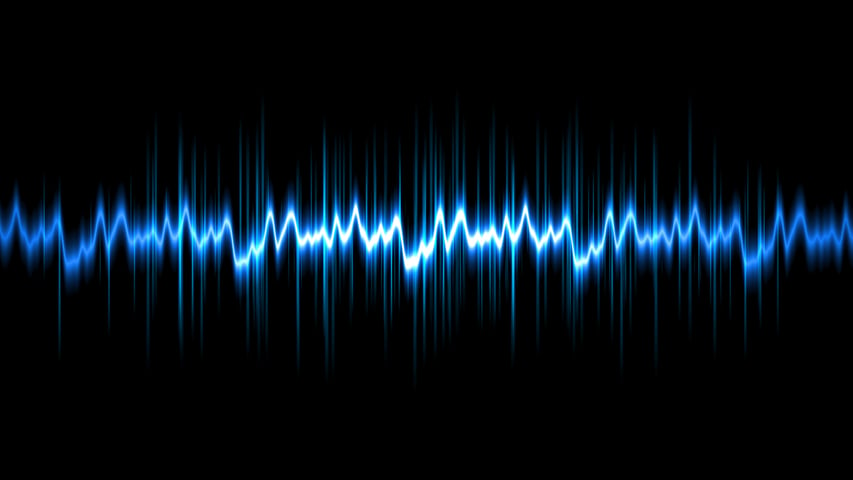
If you are considering investing in a new QCM system, there are multiple factors about the instrument that you should take into account. The quality of the data produced is undoubtedly a crucial aspect, and when it comes to data quality, noise, and drift play a significant role in determining the outcome.
Some parameters listed in a QCM specification are purely ‘theoretical’, i.e., not relevant in a measurement situation. One example of such a parameter is the frequency resolution. The frequency resolution is basically the number of decimals the instrument can display. A high number of displayed decimals does not necessarily mean that small frequency changes can be detected when running a measurement. The instrument electronics may fulfill a certain precision and be able to deliver a certain number of decimals in the measured signal, but this number does not mean that all the decimals have any meaning.
When evaluating the data quality that the instrument will deliver, noise and drift are therefore two important parameters to consider. Noise, which will always be present to some extent, will prevent signals smaller than or comparable to the noise level to be confidently measured. I. e., to detect a signal with confidence, it must be significantly larger than the noise. So, the noise will, in the end, determine how many of the displayed decimals that will be significant. If the frequency resolution is better than the noise level, i.e., if it is possible to resolve the changes taking place, it is not relevant for a real measurement situation. For example, if only two decimals are significant, i.e., above the noise level, it does not matter if the frequency resolution is 10 decimals or 20.
The long-term drift is also important. It will determine if the information collected can be trusted, or if the results are ambiguous due to influence from other sources such as for example temperature drift or mechanical stresses.
If information on the noise and long-term stability is not included in the instrument specification, it can be relevant to request this information from the supplier.
The conditions under which the parameters in the specification are measured and how calculations are made are also important information and should be specified by the supplier. For example, at what temperature has the specified drift been captured? How long was the measurement where drift was measured, and in what temperature range is the specification valid? Is the specification valid in gas phase or in liquid phase, and in that case which liquid? The specified numbers may only be valid under certain conditions, which is important to be aware of when considering and comparing instrument specifications.
When investing in a QCM-setup, the data quality is one of the key aspects to assess. Not only is it of utmost importance to be able to resolve via the measured signal what happens in the process under study, but it is also crucial that the information collected can be trusted. Reading a QCM specification, there are two parameters that are particularly important in this respect and those are the noise and long-term stability.
Download the guide to learn more about the importance of noise, drift, and other parameters found in typical QCM specifications.
Learn best practices and step-by-step methods for accurate QCM-D coating thickness measurement on QSense sensors using QSense Omni.
Compared to QCM, QCM-D measures an additional parameter, and provides more information about the system under study.
Discover how QCM-D analysis reveals real-time etching dynamics, helping optimize cleaning processes and protect surfaces from unwanted damage.
Discover how QSense QCM-D helps tackle fouling challenges across industries
Discover how QCM-D enables real-time, label-free analysis of supported lipid membrane formation, structure, and dynamics for advanced research
Learn how QSense QCM-D analysis can reveal membrane fouling dynamics and optimize cleaning strategies for more efficient water treatment
Learn how QSense QCM-D helps detect and prevent surface-induced instabilities in biologics. Join our webinar for insights and practical examples.
Learn about the top QSense sensors for analyzing biopharmaceutical drug-surface interactions in the context of IV bags.
Learn about QCM-D, Quartz Crystal Microbalance with Dissipation monitoring - an analytical tool for surface interaction studies at the nanoscale.
